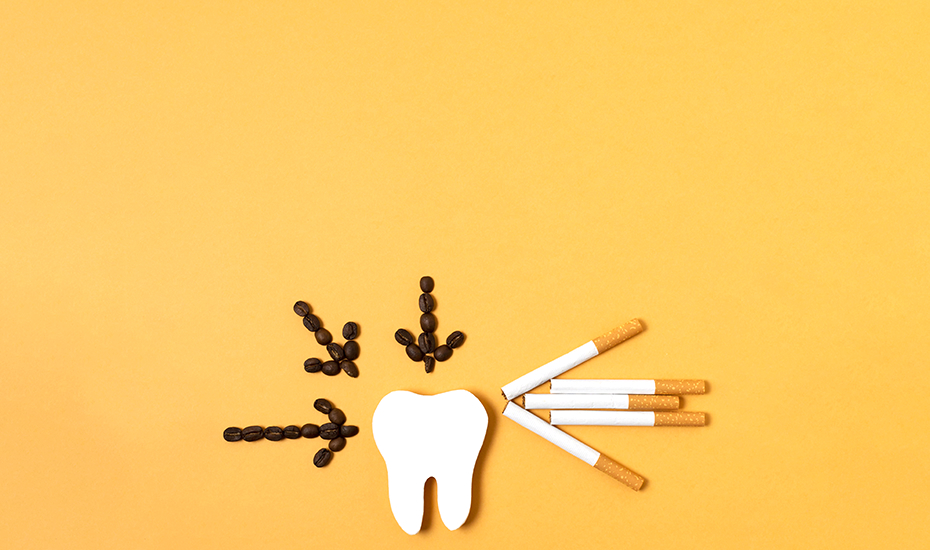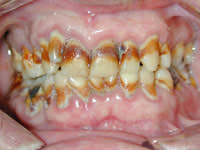
Chewing tobacco affects your dental health as well as the rest of your body. If you use smokeless tobacco and have thought about quitting, your dentist can help. In the meantime, here are a few facts that may help you decide to join the many who are tobacco-free.
CHEWING TOBACCO (PAAN)
Chewing tobacco includes snuff, a finely ground version of processed tobacco, and chewing tobacco in the form of shredded or pressed bricks and cakes, called plugs, or rope-like strands called twists. Users “pinch” or “dip” tobacco and place a wad in their cheek or between their lower lip and gums. In India it comes with ‘katha’ -lime.
Isn’t it safer than smoking?
Absolutely not. Some wrongly believe that chewing tobacco is safer than smoking cigarettes. But chewing tobacco is more addictive because it contains higher levels of addictive nicotine than cigarettes and can be harder to quit than cigarettes. One can of snuff delivers as much nicotine as 60 cigarettes. About 8,000 people die every year from tobacco use. About 70 percent of those deaths are from oral cancer. Other cancers caused by tobacco include cancer of the pancreas, nasal cavity, urinary tract, oesophagus, pharynx, larynx, intestines and the stomach.
EFFECT ON DENTAL HEALTH
It causes bad breath, discolours teeth and promotes tooth decay that leads to tooth loss. Chewing tobacco users have a decreased sense of smell and taste, and they are at greater risk of developing cavities. The grit in snuff eats away at gums, exposing tooth roots which are sensitive to hot and cold temperatures and can be painful. Sugar in chewing tobacco causes decay. Chewing tobacco users also have a hard time getting their teeth clean.

Oral-effects of chewing Tobacco
MOUTH SORES
The most common sign of possible cancer in smokeless tobacco users is leukoplakia, a white scaly patch or lesion inside the mouth or lips, common among many chewing tobacco users. Red sores are also a warning sign of cancer. Often, signs of precancerous lesions are undetectable. Dentists can diagnose and treat such cases before the condition develops into oral cancer. If a white or red sore appears and doesn’t heal, see your dentist immediately for a test to see if it’s precancerous.Chewing tobacco users also should see their dentist every three months, to make sure a problem doesn’t develop.
Make the following goals to quit and never resume chewing:
Pick a date and taper use as the date nears. Instead of using chewing tobacco, carry substitutes like gum, hard candy and sunflower seeds.
Cut back on when and where you dip and chew. Let friends and family know that you’re quitting and solicit their support. If they too chew, ask them not to do it around you.
Make a list of three situations you’re most likely to chew, and make every effort to avoid using tobacco at those times.
Switch to a lower nicotine brand to help cut down your dose.
